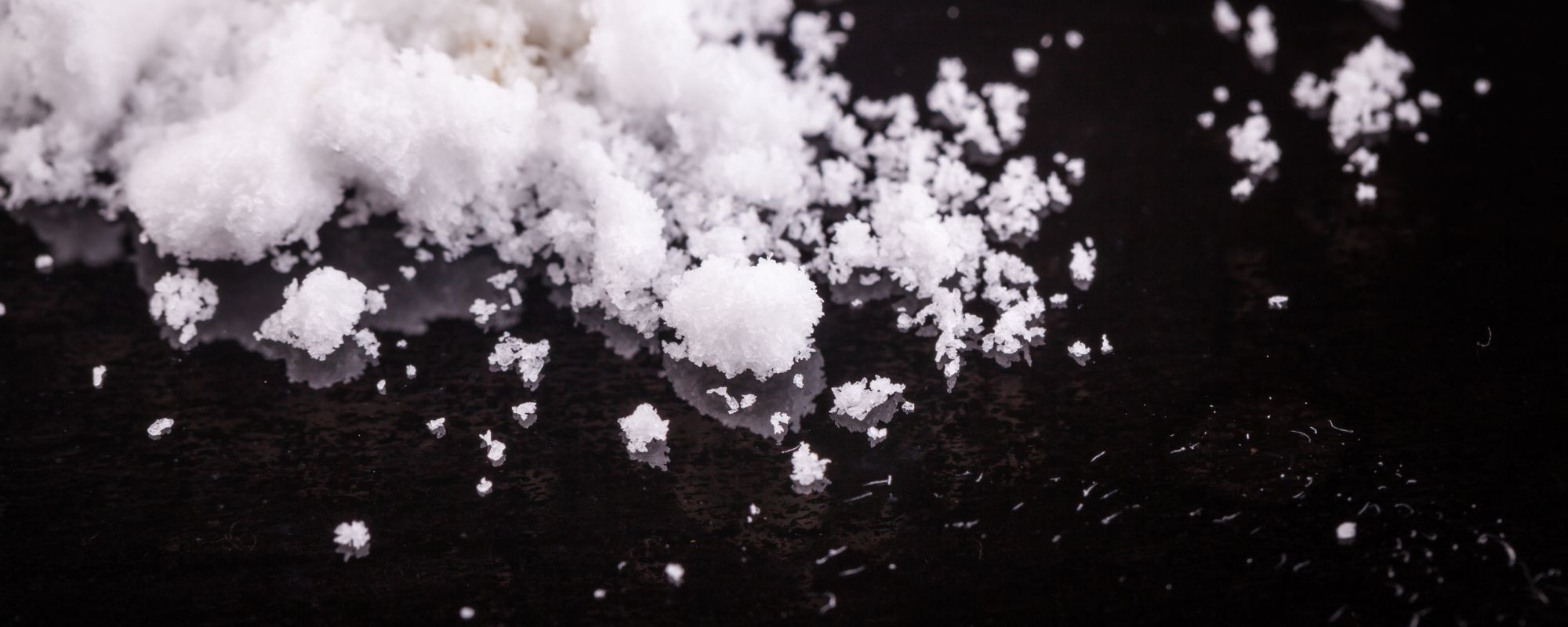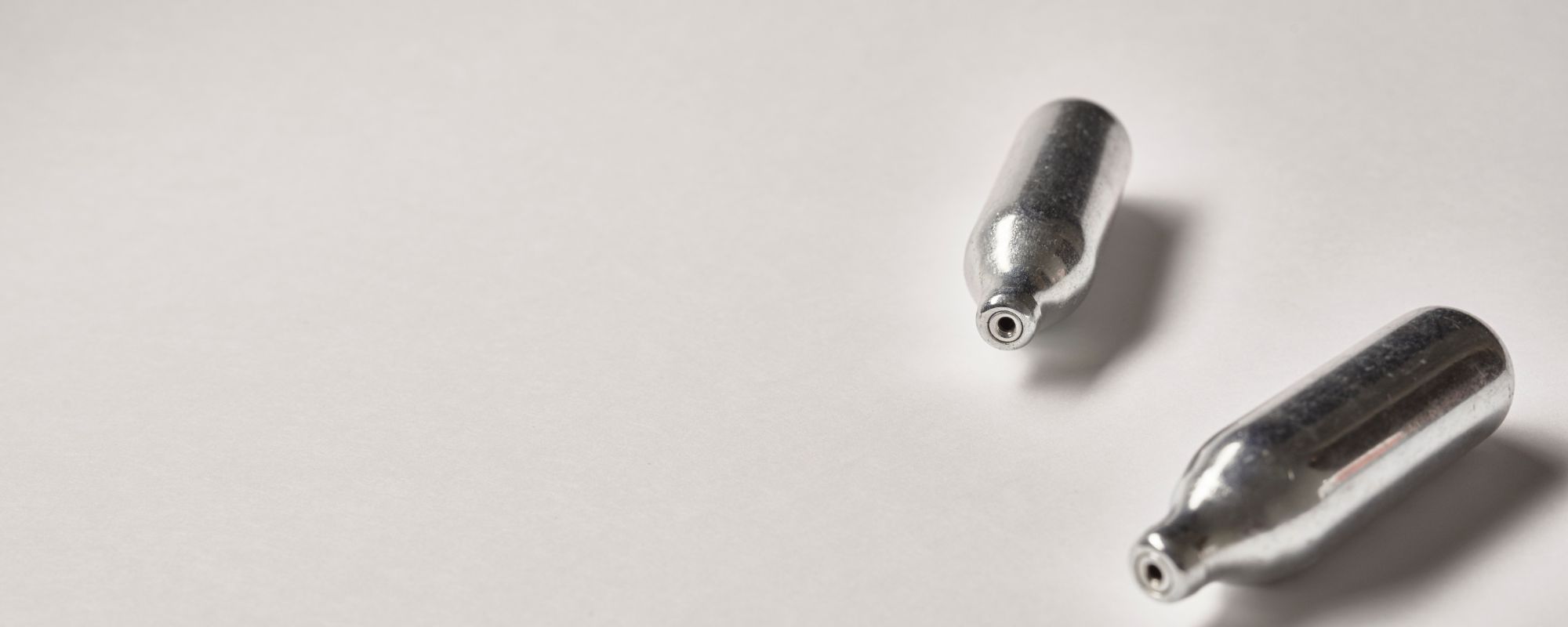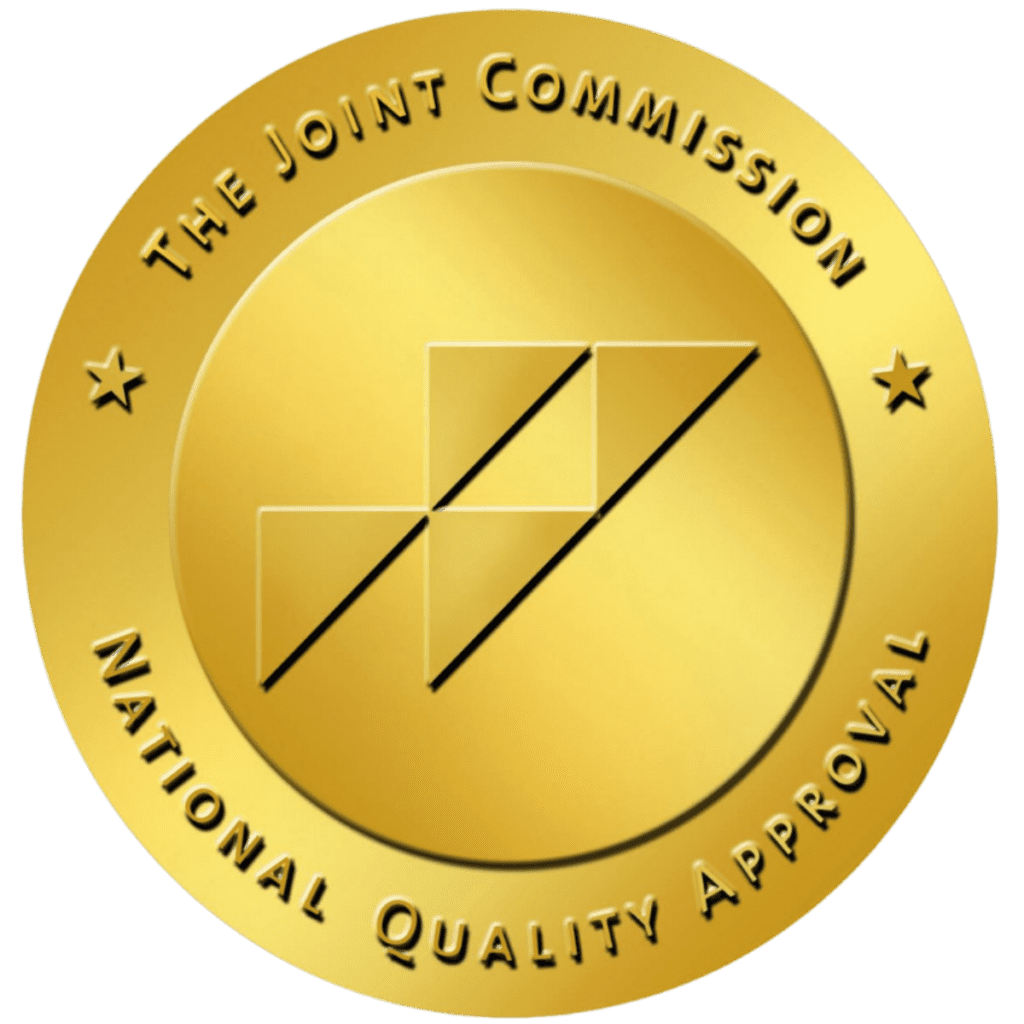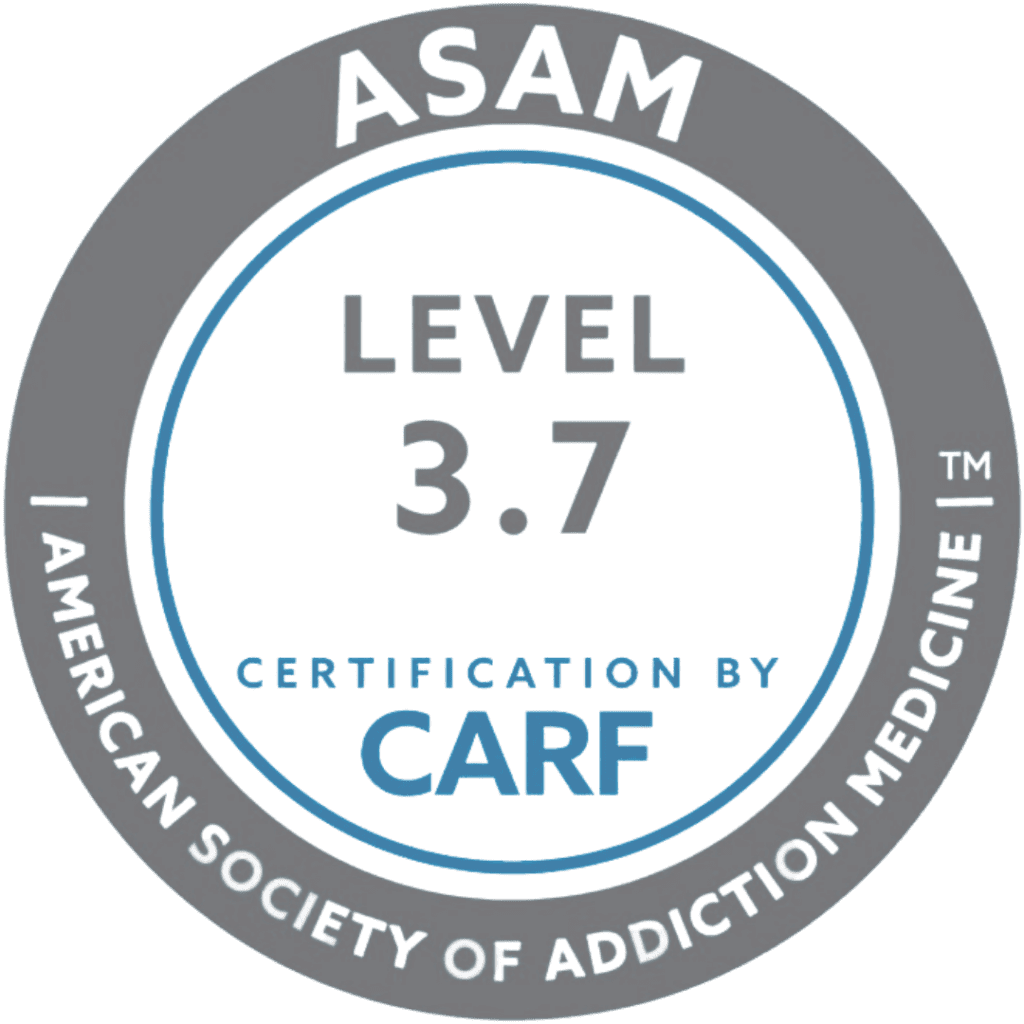Crystal meth is one of those substances you likely recognize by name, even if you’ve never seen it firsthand.
In the past 20 years, it’s a drug that’s become part of our collective consciousness, dramatized in TV shows and movies and fashioned into cautionary tales, like the infamous-yet-haunting “Faces of Meth” anti-drug campaign mugshots — depictions that have made most of us aware of the dangers of crystal meth.
According to the U.S. Centers for Disease Control and Prevention, 1.6 million people reported past-year methamphetamine use in recent years, with nearly 53 percent having methamphetamine use disorder. And research from the National Institute on Drug Abuse (NIDA) finds that overdose deaths from stimulant drugs, apart from cocaine, nearly tripled within the last decade.
But what does crystal methamphetamine look like? What color is meth? For all its cultural and statistical visibility, would you be able to spot it in the real world? Could you identify it in a room, a bag or in someone’s hand if crystal meth was offered to you?
Understanding what does meth look like — from its shape, texture and color — can give you the facts if you’re trying to avoid methamphetamines and protect your health or support a loved one showing signs of substance abuse.
What Is Crystal Meth?
Methamphetamine (known as meth) is a powerful and highly addictive stimulant that acts on your central nervous system, speeding it up by boosting dopamine levels in your brain. It’s this dopamine rush that creates the euphoric high meth is known for, leading you to take more and more of it.
Unlike some other natural stimulants, crystal meth is synthetic, where most of the drug found today is manufactured in makeshift, underground super labs or imported from Mexican drug traffickers.
But this wasn’t always the case. Methamphetamines date back over 100 years, when a Japanese chemist synthesized the first amphetamines. During World War II, they were used to keep soldiers awake and alert during combat. When the potential for misuse became apparent, both the pharmaceutical industry and U.S. Drug Enforcement Agency began imposing regulations on chemicals used to make meth.
Since the 1990s, illicit meth production began its expansion, leading to widespread issues with crystal meth addiction. Nearly 2 million people use meth each year, and 500 people try it for the first time every day, notes the Substance Abuse and Mental Health Services Administration (SAMHSA). Certain demographics, like people from lower socioeconomic conditions or facing housing and educational challenges, are also more likely to misuse meth.
Is Crystal Meth Legal?
In the U.S., crystal meth is illegal, where it’s classified as a Schedule II controlled substance under the Controlled Substances Act, indicating that it carries a high risk of abuse and addiction. However, according to NIDA, the only legal source of methamphetamine approved by the U.S. Food and Drug Administration is a prescription pill.
Because illegal meth is man-made and unregulated, there’s no telling what a supply has been made with. Pseudoephedrine, an anti-congestion ingredient found in many cold medications, is often mixed into illegal crystal meth, which may also contain household product chemicals such as drain cleaner, nail polish remover, paint thinner or battery acid.
Street Names and Slang Terms for Crystal Meth
Slang language is a barrier to detection, and crystal meth’s illicit status means that it’s sold online and discreetly under several clandestine street names, most notably “ice” and “glass” to reflect crystal meth’s physical appearance (which we’ll examine below).
According to the National Drug Intelligence Center, crystal meth has some other common slang variations:
|
|
Meth vs Crack: What’s the Difference?
It’s easy to confuse crack vs meth for a few reasons. Both are potent stimulants that deliver intense highs, both have a similar appearance, and both can be smoked. Most importantly, neither is safe to use.
Despite the similarities between crack vs meth, crack is a derivative of cocaine, naturally sourced from the South American coca plant, whereas methamphetamines are created and synthesized completely from artificial ingredients.
Crack is often preferred by cocaine abusers because it enters the bloodstream more quickly than snorting the drug for a quicker high. However, crystal meth is known for its ability to deliver a longer-lasting high — between six to 12 hours — than other stimulants. In either case, abuse of crack or meth can sustain damage to your brain and body in tandem.
Get confidential help from our addiction and mental health treatment facilities located across the United States. Call to join one of our quality programs today!
Speak With Our Admissions TeamWhat Does Crystal Meth Look Like?
Meth comes in many different forms, making it easy to confuse it with other narcotic drugs. Crystal meth usually arrives in three primary versions, each with their own colors, textures and differences in production.
Meth in Crystal Form
The version most people associate with the drug and where the “crystal” in crystal meth comes from, crystal meth in crystal form usually appears as small, irregular shards of bluish-white glass — a bit paler than the bold, turquoise blue portrayed on TV shows like “Breaking Bad.” Crystal meth can vary in translucence, its fragments resembling clear or frosted quartz.
Crystal meth is “cooked” in clandestine drug labs with some of the ingredients we mentioned earlier (such as ephedrine or pseudoephedrine) along with water and other toxic chemicals and solvents. The crystals are formed after heating these elements and extracting the meth.
Meth in Powder Form
Is crystal meth a powder? Crystal meth is not, but methamphetamine, when crushed or diluted, can appear as a fine, almost talcum white or off-white powder, almost similar to traditional cocaine or crushed prescription pills, making it harder to identify at first glance.
Powdered meth is commonly known as “speed,” and while still addictive, is the least potent form of meth. The uncrushed version has a rock-like appearance and can take on a pink or yellow color.
Meth in Pill Form
Meth may also be pressed into speed pills that are often colorful and might resemble (or even be disguised among) other drugs, making it easier to smuggle or sell than crystal or powdered meth. One street name for illegal meth pills is “yaba.”
The only legal form of meth are pills under the brand name Desoxyn to treat obesity and attention deficit hyperactivity disorder, or ADHD. “Methamphetamine works in the treatment of ADHD by increasing attention and decreasing restlessness in children and adults who are overactive, cannot concentrate for very long, or are easily distracted and impulsive,” states the Mayo Clinic.
How Do People Use Meth?
From crystal to powder to pill, just as meth comes in many forms, it’s consumed in a variety of ways. And knowing how meth is used in addition to what it looks like can you help you identify it
Eating Meth
Oral ingestion is one way to take meth. People who eat meth may either swallow meth tablets or even mix meth powder into water or alcohol to dilute its bitter taste. Though less common than other methods of consuming the drug, meth powder’s water-soluble nature makes it easy to hide in food or beverages.
Snorting Meth
Inhaling meth powder, crushed down from crystal meth in rock form, draws similarities to how cocaine is often ingested. Snorting it through one’s nostrils is a fast avenue for rapid absorption and a quick onset of its effects. But like cocaine, chronic inhalation of meth powder can cause damage to your nasal passages over time and run the risk of addiction or overdose.
Smoking Meth
One of the most common ways meth is used is by smoking it. Like crack cocaine, users heat meth in a pipe and inhale its vapors. What does a meth pipe look like? Knowing how to identify a meth pipe can help you take action and get a loved one help if you find it among their belongings:
- Glass pipes are typically small with a round, bulbous end for heating and a mouthpiece on the other side. Over time, these pipes can crack or chip, posing risks like injury from sharp edges or inhalation of glass fragments.
- Plastic meth pipes are also used, but they come with serious health concerns. When heated, plastic can melt and release harmful fumes. Plastic pipes are also harder to clean, which increases the risk of bacterial contamination.
- Metal pipes are more heat-resistant and durable, but they still carry risks. Some are made from unsafe metals like lead or copper and emit toxic fumes when exposed to high temperatures.
- Homemade meth pipes are often crafted from items like aluminum cans or light bulbs, often used by people who can’t afford a real pipe. Makeshift meth pipes are dangerous and unstable and can lead to burns, respiratory irritation or exposure to noxious substances.
Both powdered and crystal meth can be smoked; however, the latter is often favored by people who have become dependent on it. Injecting it into a vein is colloquially called “slamming”; shooting the drug into one’s anus, “booty bumping.”
“Like powdered methamphetamine, crystal methamphetamine is abused because of the long-lasting euphoric effects it produces,” says the National Drug Intelligence Center. “Crystal methamphetamine, however, typically has a higher purity level and may produce even longer-lasting and more intense physiological effects than the powdered form of the drug.”
Injecting Meth
Taking meth intravenously may be a sign of severe meth addiction, where users dissolve it in a liquid and inject it through a syringe into their vein, leading to a rapid and intense high. However, notes the National Drug Intelligence Center, injecting crystal meth carries several risky outcomes.
“Crystal methamphetamine users who inject the drug expose themselves to additional risks, including contracting HIV (human immunodeficiency virus), hepatitis B and C, and other blood-borne viruses. Chronic users who inject methamphetamine also risk scarred or collapsed veins, infections of the heart lining and valves, abscesses, pneumonia, tuberculosis, and liver or kidney disease.”
Looking for quality treatment for substance abuse and mental health that’s also affordable? Aliya Health Group's treatment facilities accept most major insurance providers. Get a free insurance benefits check now!
Check Your CoverageWhy Is Crystal Meth Dangerous?
“Crystal methamphetamine use is associated with numerous serious physical problems,” states the National Drug Intelligence Center. And those problems aren’t just the immediate effects and symptoms of taking crystal meth — in the long-term, meth create profound effects on both your body and brain.
Short-Term Dangers of Crystal Meth Abuse
How long does meth stay in your body? Meth appeals to users seeking a quick, intense high, which can be felt anywhere from instantly (injecting or smoking), a few minutes (snorting) to within 20 minutes (swallowing). “Other immediate effects include increased wakefulness, confidence, energy, and sex drive, as well as decreased appetite,” says the NIDA.
But those are just the perceived benefits, offset by a host of potential health dangers that can surface even after smoking crystal meth just once, such as:
- Paranoia and hallucinations
- Onset of anxiety
- Irregular, rapid heartbeat and increased blood pressure
- Potential kidney damage
- Rapid breathing
- Chest pain
- Dry mouth
- Muscle tension
- Risk of overdose — fatal and nonfatal
Long-Term Dangers of Crystal Meth Abuse
Adverse long-term effects of any drug extend past merely being addicted — and meth is notorious for taking a toll on the body, internally and externally. For one, street crystal meth can contain any combination of chemicals and residues that can cause damage beyond the drug itself, where impurities and toxins can accumulate in your system.
Some other concerning long-term dangers of abusing crystal meth can include:
- Risk of dependency, addiction, and permanent brain damage
- Severe dental problems known as “meth mouth,” drug-induced neglect can lead to extensive tooth decay from dry mouth and long periods of poor oral hygiene, notes the American Dental Association
- Lesions known as meth sores, often caused by obsessive picking at one’s skin
- Risk of developing mental health issues such as psychosis, hallucinations, confusion, and mood disruptions
- Decreased cognitive functioning and rational thought, slowed motor skills, and memory los.s
- An increase in violent behavior
- Risk of stroke, heart failure, coronary heart disease, and damage to other organs
- An increased risk of developing hepatitis, HIV, or a heart infection called infective endocarditis — the last two from shared needle use
What Is Meth Addiction Treatment Like?
Studies show that meth is as addictive as heroin and triggers dependency faster than most other illegal drugs. Three times more potent than cocaine, it’s one of the hardest drugs to quit. Entering rehab for meth can help because you have support and don’t need to go it alone. Here’s what you can expect:
Medical Detox for Meth Addiction Treatment
Stopping the use of any addictive drug triggers a series of withdrawal symptoms. It’s the body’s way of responding to the lack of a substance it’s become dependent on. Some of the short-term effects of meth we mentioned earlier are typical of meth withdrawal — so challenging to face on one’s own that it can lead you to keep taking meth just to avoid the symptoms.
However, when you enter treatment, detox is the first step. It lays the groundwork for further treatment, helping you wean off meth and navigate through the withdrawal stages with the help of medical staff equipped to minimize your discomfort. In a medical setting, that means they can monitor your vital signs, administer any medications, if needed, and provide round-the-clock care to see you through your transition off the drug.
Inpatient Treatment for Meth Addiction
Being cleaned of a drug in your system is like having a clean slate, a blank canvas, to build upon. And once detox is complete, treatment can begin. Some people may need a more immersive, supervised experience; they may be prone to relapsing out in the world or more structure if they’ve struggled with a more serious, severe addiction. Inpatient accommodates this by letting you live at one of our centers during treatment. Although guests are not permitted to leave, look at the benefits — you’ll receive complete care with the opportunity to devote your full, undivided and unfettered focus on getting better through individual and group therapy and other activities to help you conquer meth addiction. Rehab becomes a 24/7, transformative experience for you to re-enter the world on the path to recovery.
Outpatient Treatment for Meth Addiction
Outpatient treatment is another option in rehab that enables you to attend treatment during the day and return home from the facility campus each evening. It’s an ideal setup if you’re finishing an inpatient stint and at a point in your recovery journey where you can be home, without supervision, and use the skills you’ve learned to avoid relapse, or for people whose addictions are not severe enough to necessitate an inpatient stay. It’s also ideal if you have work, school, or family commitments.
Aftercare for Meth Addiction
Proper recovery begins when your time in treatment ends — like graduating from school, it’s the moment when you go out into the world, taking all you’ve learned and applying it to your daily sobriety. Today, meth is no longer a part of your life. That doesn’t mean you have no support. Aftercare is essentially continuing treatment where you can keep attending individual and group therapy at our facility on an as-needed basis or make arrangements to live in transitional housing before living on your own again. Most importantly, between your therapist and case manager, they can connect you with support groups in your own community to continue your journey, such as Crystal Meth Anonymous.
Finding a Meth Addiction Treatment Facility
If you or someone you care about is struggling with meth addiction, we have treatment facilities across eight states to choose from for your convenience, each one offering personalized care and a range of therapies — from traditional talk therapy to holistic approaches — to help heal from a myriad of substance use or mental health disorders.
Our programs are designed to meet you where you’re at, whether you’re walking into detox for the first time or looking for long-term support. How do you start? Take the step by contacting us today. We’re on hand, 24/7, to answer your questions about which rehab is right for you, cost, insurance coverage, and more. Consultations with our specialists are free.
- http://www.pbs.org/wgbh/pages/frontline/meth/body/faces.html
- https://www.cdc.gov/mmwr/volumes/69/wr/mm6912a1.htm
- https://www.nih.gov/news-events/nih-research-matters/trends-us-methamphetamine-use-associated-deaths
- https://www.webmd.com/mental-health/addiction/crystal-meth-what-you-should_know
- https://www.medicalnewstoday.com/articles/23207#recreational-use
- http://www.pbs.org/wgbh/pages/frontline/meth/etc/cron.html
- https://www.justice.gov/archive/ndic/pubs5/5049/5049p.pdf
- https://nida.nih.gov/research-topics/methamphetamine#what-is-methamphetamine
- https://nadk.flinders.edu.au/kb/methamphetamines/general-methamphetamine-information/are-there-different-forms-of-methamphetamine
- https://www.mayoclinic.org/drugs-supplements/methamphetamine-oral-route/description/drg-20071824
- https://ag.nv.gov/Hot_Topics/Issue/Meth_Basics/
- https://www.mouthhealthy.org/all-topics-a-z/meth-mouth
- https://dhs.saccounty.gov/BHS/Documents/SUPT/Methamphetamine/Coalition-2019/MA-ADS-Meth-and-Heart-Disease-Fact-Sheet.pdf
- https://www.crystalmeth.org/














